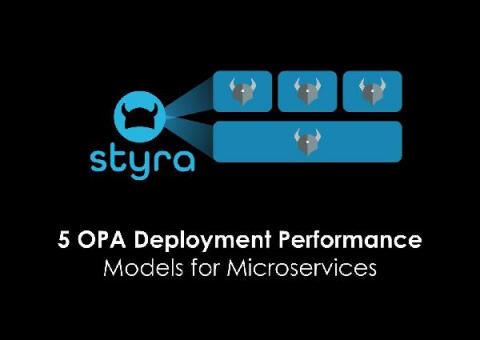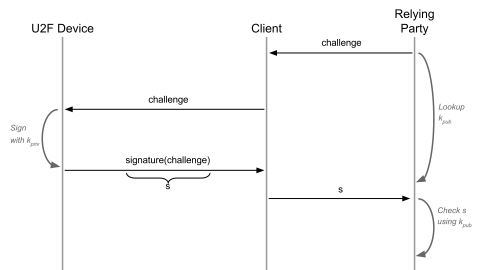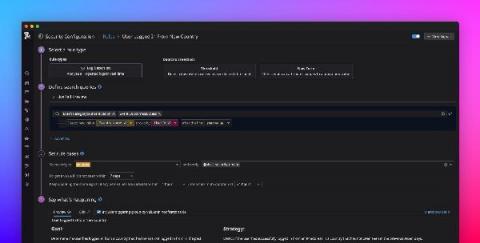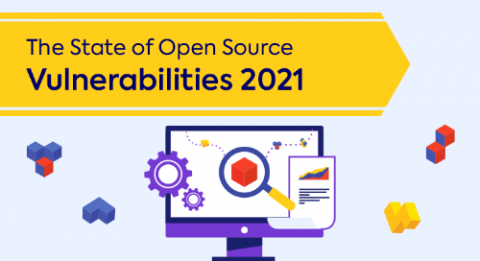5 OPA Deployment Performance Models for Microservices
If you’re responsible for a microservices app, you may be familiar with the idea of a “latency budget.” This is the maximum latency, measured as total request time, that you need for the app to work, in order to meet your SLAs and keep stakeholders happy. For a stock trading or financial services app, this budget might be the barest of microseconds.










